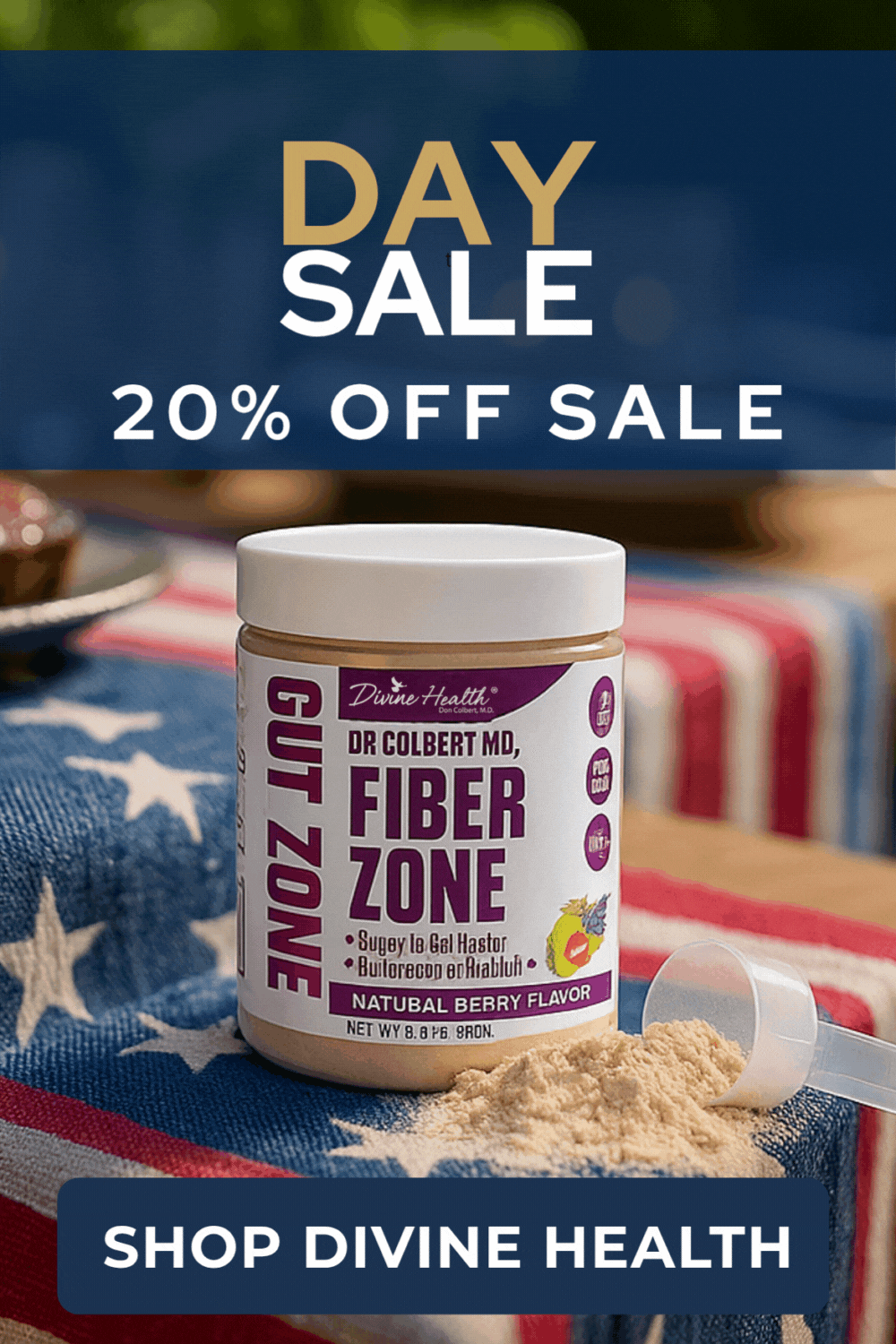I have a challenge for you: Go into your local supermarket, and see how many brands of salad dressing do NOT list soybean oil in the ingredients. How many? One, maybe two?
Of those, how many lists healthy oils like medium chain triglyceride, olive oil, or avocado oil? Many time, even those who avoid soybean oil still use high omega-6 oils like vegetable oils, canola, nut oils, or sunflower oil.
Why does it matter?
Most salad dressings purchased by consumers have the single-worst processed ingredient in them.
While you’re trying to be healthy and add more vegetables to your diet, you may be drenching them in something pro-inflammatory and damaging to your body. Keto Zone Creamy Metabolism- Boosting Dressing, upgrade your salad dressing choices at the store, and why it’s so important.
Keto Zone Creamy Metabolism-Boosting Dressing (Green Goddess Dressing)
Ingredients
- 1 avocado, large
- ½ cup extra virgin olive oi
- 1/3 cup chopped parsley
- ¼ cup raw apple cider vinegar
- 2-3 cloves of garlic
- 3 tablespoons of fresh lime or lemon juice
- 2 tablespoons MCT Oil Powder
- ¼ teaspoon sea salt
- Dash of pepper
Instructions
Place all ingredients in a food processor. Process until smooth and creamy.
Keep stored in an airtight container in the refrigerator for up to one week.
Nutrition info (per 2 tablespoons, about 12 servings yield): 123 calories, 13 grams fat (~1 gm omega-6), 1 gram net carbs, 0 gram protein.
The Problem with Commercial Salad Dressings
There’s one big problem with most commercial salad dressings: soybean oil.
This pro-inflammatory ingredient is found in almost every bottle at the store. Why?
One reason: It’s cheap.
When many food manufacturers devise a recipe, there is one thing on their minds: How can we use the cheapest ingredients and have the highest profit margins?
Sound bleak? It is.
Here’s what happens when soybean oil is a staple in your diet.
Soybean Oil and Your Health
Unfortunately, soybean oil can be counted as a staple in many diets. A staple.
In just 2 tablespoons of soybean oil, you’ll get 13.6 grams omega-6s and just 1.8 grams of omega-3s (this is about a 7.5:1 ratio for this food) (1).
In the average tablespoon of Ranch dressing made with soybean oil, you’ll get 7.6 grams of omega-6s and 0.9 grams of omega-3s (a ratio of 8.4:1) (2).
This is a big issue because modern diets have shifted too much too high a ratio of omega 6s vs. omega 3s. Largely, this is due to an increase in processed foods and a decrease in single-ingredient foods. And, this shift has coincided with many inflammatory chronic disease increases.
Omega-6s fats cause our bodies to increase inflammatory hormone production, while omega-3s increase anti-inflammatory hormones.
The omega-3s can hold the body in check to a certain point. But, when there are too many omega-6s, the body becomes increasingly inflammatory.
Soybean Oil and Health Research
And, this isn’t just numbers and hypothetical outcomes.
In studies, soybean oil is associated with declines in:
- Metabolic Health. Lab studies show that soybean oil is one of the most detrimental foods to metabolic health (3).
- Cardiovascular Health: Soybean oil has been shown to cause harmful abnormalities to cholesterol and triglycerides (4).
- Overall health and inflammation: Many studies have concluded that concentrated sources of omega-6 fats increase inflammation in the body (5).
Our overall goal: at least a 4:1 ratio of omega-6s to omega-3s.
The Benefits of Keto Zone Creamy Metabolism-Boosting Dressing
Of course, you won’t see this issue with Keto Zone Creamy Metabolism-Boosting Dressing. Take a look for yourself: Any soybean oil? Canola oil? Vegetable oil? Not a drop.
Instead, the healthy fats used include avocados, olive oil, and medium chain triglycerides (MCT).
MCTs are specifically beneficial in this recipe. MCT Oil Powder:
- Improves cholesterol and heart disease risk, improving most all risk factors listed above (6, 7, 8, 9).
- Increases satiety and reduced food consumptions (10)
- Metabolizes quickly with less storage in adipose tissue
- Increases energy expenditure (metabolism boost) and reduced body mass (11)
How to Upgrade Your Store Picks: Ignore the Nutrition Label
With today’s busy schedules, though, there is often not enough time to make your own dressing every night. I recommend aiming to make 50% of dressings and sauces at home.
Then, if you need to purchase some commercially, be incredibly picky when looking at the ingredients list. Initially, ignore the nutrition label and instead find out what fats are actually in the dressing.
Healthy dressing fats include (grams of omega-6s listed per tablespoon): Organic coconut oil (0.4 gm Omega-6), Olive Oil (1.3), Avocado oil (1.8), Occasional Use: high-oleic sunflower (0.5), high-oleic safflower oils (2.0).
Avoid safflower oil (10.1 gm Omega-6), grapeseed (9.5), vegetable (7.9), wheat germ (7.5), corn (7.3), walnut (7.3), cottonseed (7.0), soybean (7.0), and sunflower (5.4).
Bottom Line
Don’t continue to buy one of the most dangerous processed food ingredients. Avoid soybean oil like the plague by dissecting every ingredients list. Instead, make your own Keto Zone Creamy Metabolism-Boosting Dressing or be incredibly picky about your choice at the supermarket. It really is an important step to reducing your omega-6 to omega-3 ratio and improving health.


















